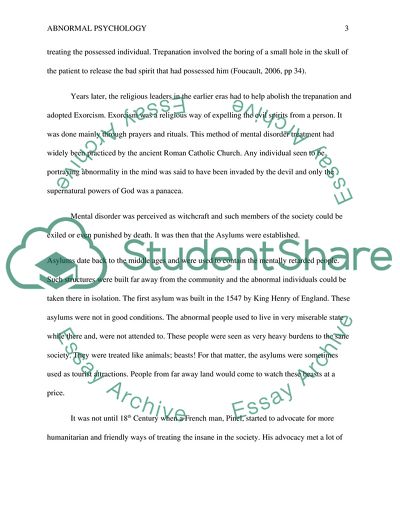Cite this document
(The Study of Abnormal Behavior Coursework Example | Topics and Well Written Essays - 2500 words, n.d.)
The Study of Abnormal Behavior Coursework Example | Topics and Well Written Essays - 2500 words. https://studentshare.org/psychology/1843871-abnormal-psychology
The Study of Abnormal Behavior Coursework Example | Topics and Well Written Essays - 2500 words. https://studentshare.org/psychology/1843871-abnormal-psychology
(The Study of Abnormal Behavior Coursework Example | Topics and Well Written Essays - 2500 Words)
The Study of Abnormal Behavior Coursework Example | Topics and Well Written Essays - 2500 Words. https://studentshare.org/psychology/1843871-abnormal-psychology.
The Study of Abnormal Behavior Coursework Example | Topics and Well Written Essays - 2500 Words. https://studentshare.org/psychology/1843871-abnormal-psychology.
“The Study of Abnormal Behavior Coursework Example | Topics and Well Written Essays - 2500 Words”. https://studentshare.org/psychology/1843871-abnormal-psychology.


